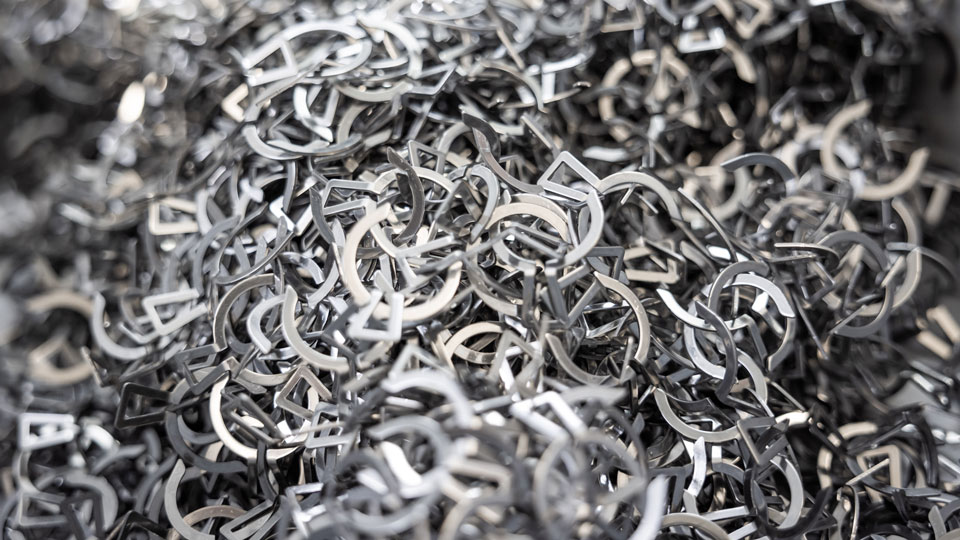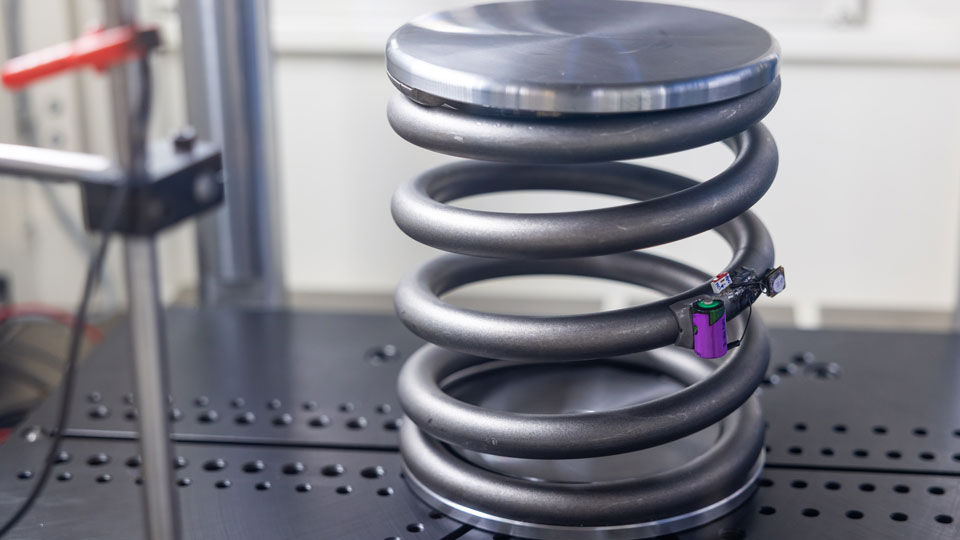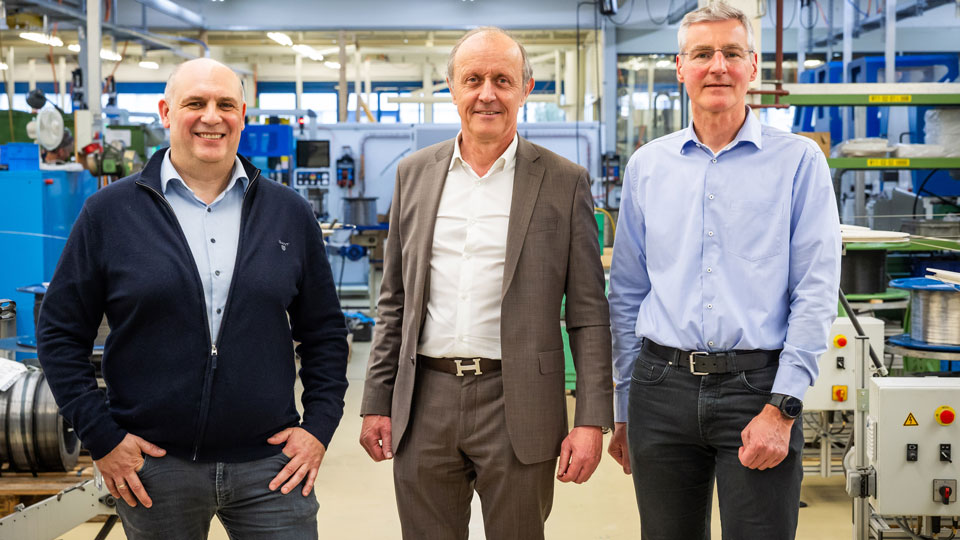Digitalising the springs industry: a sector traditionally rooted in mechanical engineering. This is the ambitious challenge that Federnfabrik Schmid AG has set itself. With the support of Innosuisse, this Zurich-based SME has succeeded in questioning its practices and moving them towards digital processes, leaving behind a mechanical approach that has been in place for several generations. This transformation has enabled it to integrate components capable of assessing the condition of springs live, marking a type of revolution in the field.
Springs are ubiquitous in our everyday lives, used in a multitude of objects such as coffee machines, pens and musical instruments. As Albert Enste, CEO of Federnfabrik Schmid SA, points out, “it’s virtually impossible to find a machine that doesn’t contain springs. These act as actuators, ensuring safety and exerting force, in objects such as watches, wind turbines or satellites.” Founded in 1912, the SME he heads specialises in the supply of high-precision industrial springs. It now employs around sixty people, and exports in total around 80% of its production. Springs of various sizes are made from different metals and alloys.
Resilience limited over time
Although the spring is an essential component and many objects and applications rely on it to function properly, it does have a weak point. Indeed, its condition and lifespan can only be predicted in theory. “The design of traditional springs is based on theoretical approaches and their operation in real conditions often deviates from these calculations. This means that the spring can fail unexpectedly, damaging the application and leading to high repair costs,” explains Dr. Ing. Cord Teller, Head of Technical Sales at Federnfabrik Schmid SA.

From mechanical springs to intelligent ones
Breakdowns, replacement costs, etc. therefore have a great many consequences for manufacturers. “We realised that the failure of springs in machines was a major problem for our customers,” confirms Albert Enste. The company thinks about expanding its product portfolio and turns its attention to the Internet of Things (IoT). “We realised that the spring was not integrated into the digital world of machines. So we came up with the idea of creating a connected spring,” explains Albert Enste.
The idea was launched, but the technical expertise to develop such a project within the SME is lacking. “We needed very precise skills in microelectronics,” explains Albert Enste. The company then called on Innosuisse, seeking advice and validation from an innovation mentor, and launched an innovation project in collaboration with CSEM in 2021. Two years later, the I-Spring prototype was developed.
This compact, independent system is capable of displaying the state of the spring in live on a smartphone or on browser based dashboards. “Composed of sensors, this technology makes it possible to monitor and measure the spring and to indicate its service life and remaining strength, as well as allowing predictive maintenance and real-time monitoring of its condition. It is designed to operate for the entire life of a spring,” explains Dr. Ing. Boris Ouriev, Head of Innovation and Implementation at Federnfabrik Schmid SA.

The need for innovation
Today, the intelligent spring prototype is operational and being tested on the products of several of the company’s customers. The feedback has been positive. For Cord Teller, this is the first step towards transforming the company’s business model. “This innovation represents a revolution in the field of springs. It will completely transform our business model and is already changing the way we are perceived by our customers and employees.
For Federnfabrik Schmid SA, this move towards digitalisation and connectivity is also a way of securing its long-term future. “As a traditional SME, we see innovation as a real opportunity. Not only does this allow us to diversify our activities and explore new horizons, it also opens doors to new markets. The impact on the company is also important. We can introduce new products, create jobs, improve our processes and also have a positive effect on the environment,” says Albert Enste.
Last modification 20.03.2024







